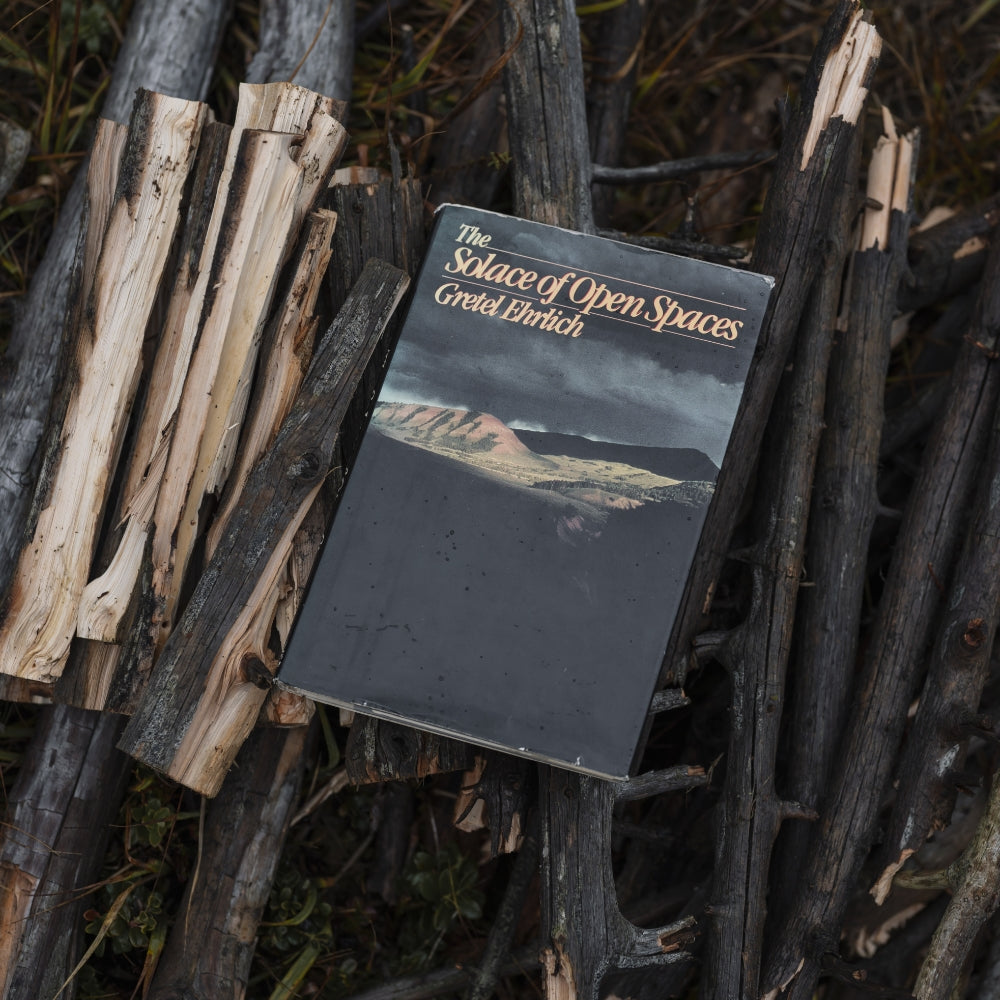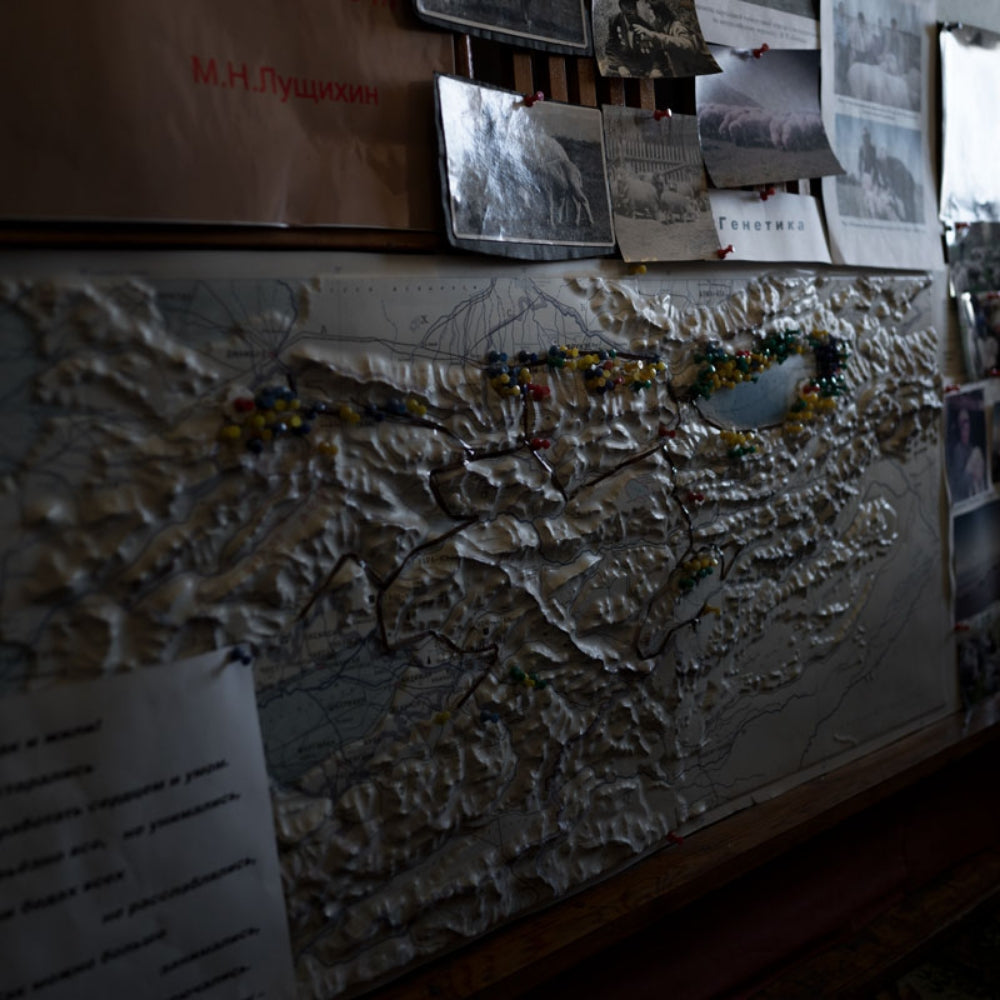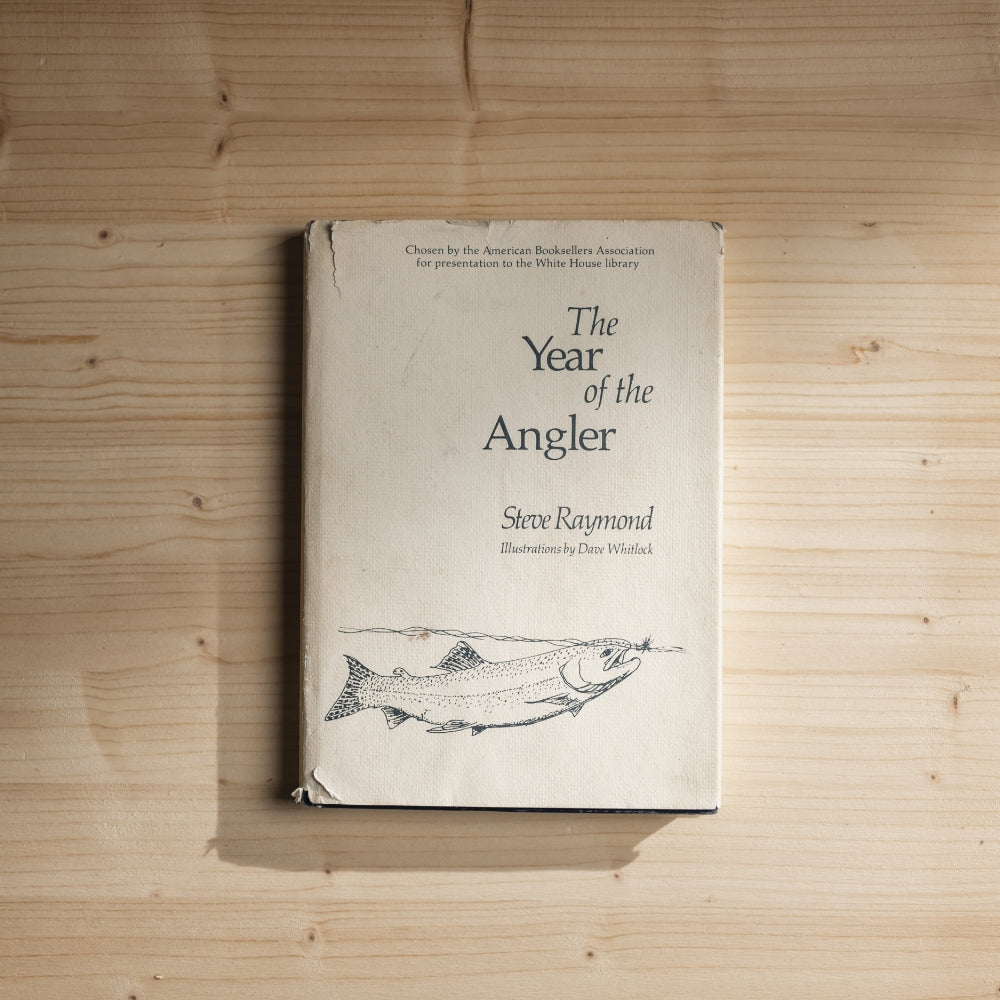How to Stay Alive in the Woods by Bradford Angier is the definitive survival manual for anyone who ventures into the wilderness. First published in 1956, this classic guide has become a trusted resource for outdoor enthusiasts, survivalists, and anyone who wants to be prepared for unexpected challenges in the wild. Angier, an experienced outdoorsman and prolific author, distills decades of knowledge into a book that is both practical and accessible, making it an essential read for anyone who spends time in nature.

Bradford Angier was no stranger to the wild. Having lived off the land in some of North America’s most remote regions, Angier brought firsthand experience and deep insight to his writing. His expertise in wilderness survival, honed through years of living in and exploring rugged landscapes, forms the backbone of How to Stay Alive in the Woods. The book is filled with practical advice, clear instructions, and timeless wisdom, all aimed at helping readers not just survive, but thrive in the outdoors.
The book is organized into four main sections, each focusing on a critical aspect of survival: sustenance, warmth, orientation, and safety. This structure allows readers to quickly find the information they need, whether they’re preparing for a trip or responding to an emergency.
Sustenance: In this section, Angier covers the essentials of finding and preparing food in the wild. He provides detailed information on identifying edible plants, foraging for berries and nuts, and trapping small game. Angier also shares techniques for fishing and hunting, emphasizing methods that require minimal equipment. His instructions for building simple cooking fires and preparing meals with basic tools are invaluable for anyone facing extended time in the wilderness. Whether you’re gathering roots in the forest or catching fish in a mountain stream, Angier’s advice ensures that you can sustain yourself with the resources at hand.
Warmth: Angier’s guidance on staying warm in the wild is comprehensive, covering everything from building a proper shelter to starting a fire in adverse conditions. He explains how to construct various types of shelters using natural materials, tailored to different environments and climates. Whether it’s a lean-to made from branches or a snow cave in the mountains, Angier’s instructions are clear and easy to follow. His expertise in fire-making is particularly notable, with detailed advice on gathering the right kind of tinder, kindling, and fuel to ensure that you can start and maintain a fire, even in wet or windy conditions.
Orientation: Navigating the wilderness without the aid of modern tools is a crucial skill, and Angier dedicates a significant portion of the book to teaching readers how to find their way. He explains the basics of using natural landmarks, understanding the sun and stars, and reading the terrain to stay oriented. Angier also provides tips on how to create makeshift compasses and interpret the signs of nature to maintain direction. His emphasis on staying calm and methodical when lost is a key takeaway, offering readers the confidence to navigate their way back to safety.
Safety: The final section of the book focuses on the critical issue of safety in the wild. Angier covers a wide range of topics, from first aid and dealing with injuries to protecting yourself from dangerous animals. He discusses the importance of staying dry and warm to prevent hypothermia, as well as how to recognize and treat common ailments such as dehydration, heatstroke, and frostbite. Angier’s advice on signaling for help, whether through fire, sound, or visual signals, is also essential for anyone stranded in the wilderness.
One of the standout qualities of How to Stay Alive in the Woods is Angier’s ability to communicate complex survival techniques in a straightforward and reassuring manner. His writing is clear and concise, with a focus on practical, actionable steps that anyone can follow. Angier’s deep respect for nature and his understanding of its challenges shine through, making the book as much about developing the right mindset as it is about learning specific skills.
Throughout the book, Angier emphasizes the importance of preparedness and resourcefulness. His mantra is that with the right knowledge and attitude, survival in the wilderness is not just possible, but manageable. This empowering message is one of the reasons why How to Stay Alive in the Woods has remained a go-to resource for outdoor enthusiasts for decades.
How to Stay Alive in the Woods by Bradford Angier is more than just a survival guide—it’s a manual for self-reliance and resilience in the face of nature’s challenges. Whether you’re an experienced backpacker, a weekend camper, or someone who simply wants to be prepared for any situation, this book provides the tools and knowledge you need to navigate and survive in the wilderness.
As Angier wisely notes, The wilderness is an unforgiving teacher, but it is also generous to those who respect it. This book will equip you with the skills and confidence to not only survive but to fully experience and appreciate the wild places of the world. How to Stay Alive in the Woods is a must-read for anyone who values self-sufficiency and the adventure of living close to nature.











